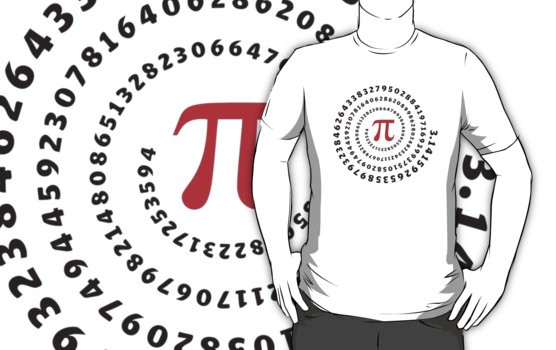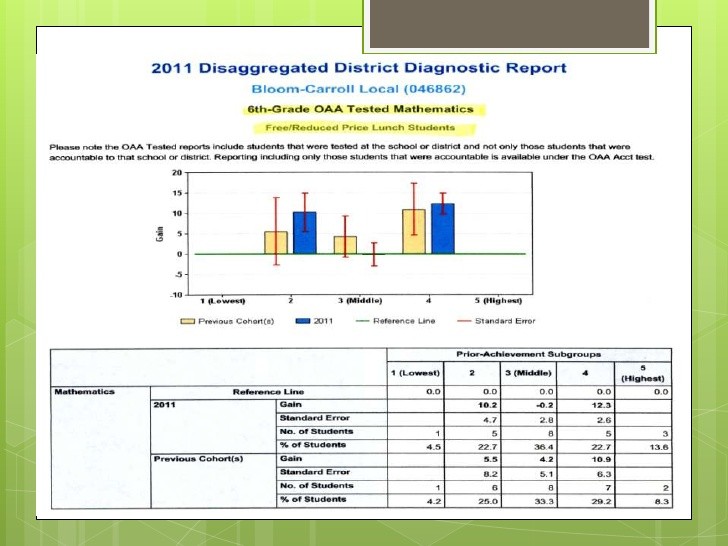The NittyGritty How to Do the Math
Post on: 15 Апрель, 2015 No Comment

BUSINESSWEEK INVESTOR
The Nitty-Gritty: How to Do the Math
How can you figure out how much downside risk an investment exposes you to? Answering this critical question can be tricky: There are so many ways to calculate risk. On top of that, many risk measures have their own limitations. And then there’s the separate question of how you should use the risk barometers you pick. But there is one rule you should always follow. Although it is easy to get a separate risk reading on each of your investments, you should care only about how your portfolio rates as a whole.
It’s important to go for the big picture because a diversified portfolio carries less risk than the sum of its parts. The reason is that in a diversified portfolio, individual components—such as stocks and bonds—are unlikely to move in sync, especially over the long term. Thus, each can offset some of another’s risk. The volatility of stocks, for instance, could be balanced out by the fixed interest and principal payments of bonds.
LOTS OF BASKETS. It’s hard to grab a calculator and arrive at a figure that reflects the overall risk in a portfolio. Still, a back-of-the-envelope reckoning provides a rough—though inflated—gauge, says Judith Ward, a certified financial planner at T. Rowe Price Associates Inc. in Baltimore. Just research the risk scores discussed below on each investment and multiply by their percentage weightings in your portfolio. Then, calculate an average. »It’s not ideal,» says Ward, who notes that this fails to account for diversification’s risk-reducing magic. »If you are diversified, your risk is probably going to be less.»
For something more accurate, you can hire a financial adviser. Or you can use a free Web service such as Financialengines.com to assess how risky your portfolio is, compared with that of the average investor. To define risk, Financialengines uses the measure known as standard deviation, which it expresses as a numerical score. For instance, if your rating is 1.4, then you are taking 40% more risk than the average of 1.0.
Whatever approach you take, the results will be easier to interpret if you have a grasp of how professionals measure financial risk. When it comes to stocks, investors confront two types of risk. One is posed by market downdrafts, which can punish even the most worthy investments. The other consists of problems specific to companies, such as mismanagement or obsolete products. For mutual funds, there is a third variety of risk, which is posed by »a bad manager who charges high fees and doesn’t make enough to recoup that cost,» says Martin Gruber, finance professor at New York University’s Stern School of Business.
TOO CRUDE? Happily, about 96% of company-specific risk can be eliminated simply by owning a diversified portfolio of 40 to 50 stocks, Gruber says. The risk that remains—a loss due to a market sell-off—is captured in a measure called beta. Beta compares the magnitude of an investment’s price swings with the market’s overall fluctuations. To see how it works, look at the Internet Fund. With a beta of 2.24, it is deemed more than twice as risky or volatile as the market, which is always assigned a beta of 1.0. So, if the market drops by 10%, the fund should fall by 22.4%. Fidelity Magellan Fund, in contrast, nearly matches the Standard & Poor’s 500-stock index: Fidelity is 1.02.
Appealing because of its simplicity, beta is sometimes too crude to be useful. For one thing, it is often calculated compared to the S&P 500, a big-cap measure that is a poor yardstick for other asset classes. To find out whether you can trust beta to give you an accurate picture of an investment’s risk, look up another statistical measure, R-squared. This tells you the degree to which an investment’s price rises and falls at the same time as the benchmark it is being compared to. An investment’s beta can be considered reliable only if its R-squared falls between 85 and 100, meaning that it closely tracks the index. Thus, the Vanguard Gold & Precious Metals Fund’s R-squared of 0.08 compared with the S&P signals its beta of 0.70 is a poor measure of the fund’s true riskiness.
When confronted with a low R-squared, find a beta based on a better benchmark. For mutual funds, Morningstar.com publishes betas that use both the S&P and the most appropriate index. For stocks, Personalwealth.com tailors betas to peer groups, such as computer hardware stocks. But be wary of beta when a company or fund specializes in fast-changing technologies. »The beta is also going to change rapidly,» Gruber says. Of course, if your holdings are not diversified, it can be dangerous to rely on beta at all. Gruber notes that when it comes to individual stocks, beta explains only 35% of the risk. The rest is due to company-specific developments.
GO FIGURE. For an all-inclusive picture, look at standard deviation, which compares the range an investment’s price fluctuates over time to its average price. A fund with a standard deviation of 4 and average annual gains of 24% over the past three years can be expected to deliver returns that fall within four percentage points of its average two-thirds of the time. In other words, you can generally expect to see gains that range between 20% and 28%.
It’s possible to calculate standard deviation yourself (table, page 103). But Microsoft Corp.’s Excel program has a standard- deviation calculator that makes the task easier. Still, standard deviation has flaws, foremost of which is that it is often calculated using 36 months of returns. As the market’s hot gains over the past three years indicate, short time horizons may not be representative of the long run, says Ken Fuller, vice-president at T. Rowe Price. To avoid this problem, Morningstar provides standard deviations of 3, 5, and 10 years.
Standard deviation is also often faulted for penalizing funds that soar just as much as those that plummet. Of course, most investors complain only when they lose money. In part to respond to this criticism, Morningstar came up with »Morningstar Risk,» which ranks funds by how often they underperform the returns of three-month Treasury bills, a nearly risk-free asset. The higher the score, the riskier the fund. Take the Oberweis Emerging Growth fund. Its five-year rating of 2.32 means that the fund has 132% more downside risk than the typical U.S. stock fund, which is assigned a value of 1.0. Such volatility is also reflected in the fund’s annual returns, which range from a loss of 8.55% in 1997 to a gain of 87.06% in 1991. A shortcoming of the Morningstar system is that it can be used only to compare similar funds. For example, while a bond fund with a score of 1.3 is 30% riskier than the average bond fund, there’s no way to tell if it is less risky than a stock fund with a score of 1.0.
Three other commonly used risk measures gauge risk-adjusted performance. The most well-known, the Sharpe ratio, is the brainchild of Nobel laureate William Sharpe, a Stanford University professor and the chairman of Financial Engines Investment Advisors. Sharpe’s formula measures the extra return investors receive for each unit of risk they take. The beauty of the Sharpe Ratio is that it allows for an apples-to-apples comparison of different assets. »If the Sharpe ratio is higher for one fund than another, I am getting a little more expected return for taking that expected risk,» Gruber says. That is certainly true of Legg Mason Value Trust, which returns 1.09 for each unit of risk, compared with 0.55 for the average U.S. stock fund, according to Morningstar.
A similar result is furnished by M-squared, the creation of Leah Modigliani, a U.S. stock strategist at Morgan Stanley Dean Witter, and her grandfather, Nobelist Franco Modigliani. M-squared adjusts an investment’s risk level to match that of a benchmark, such as the S&P 500. How? To reduce the standard deviation of a volatile technology fund, for example, the Modiglianis’ computer adds risk-free Treasury bills to the portfolio until it matches the S&P 500. For a conservative fund, they use leverage—or borrowed funds—to simulate more exposure to stocks.

When adjusted for risk, some top performers look decidedly less attractive (table). Take the Internet Fund. Over the past three years, it has returned an average of 89.2% annually. But on a risk-adjusted basis, its performance falls to 28.2%, says Leah Modigliani. Although you can crunch the numbers yourself, it’s easier to ask your fund manager or investment adviser for figures.
HOLY GRAIL? Another way to determine how well a fund or stock stacks up is to look at its alpha. Alpha measures whether an investment is producing better or worse results than expected, given its risk. Consider a fund with a beta of 0.5. If the market rises by 20%, it would be expected to gain half as much, or 10%. If the fund instead increases by 15%, its alpha is 5, meaning it beat expectations by five percentage points.
Although many consider low betas and high alphas the Holy Grail of investing, both measures are subject to the same distortions. Like beta, alpha reveals little unless a fund closely resembles its benchmark. Plus, high alphas do not predict future performance, says Thomas Schneeweis, finance professor at the University of Massachusetts at Amherst. Indeed, when it comes to forecasting, very low alphas are more valuable: They sometimes signal poor performance ahead because as investors yank money from lagging funds, it’s that much harder for the managers to keep up, Schneeweis says.
Understanding risk will help you build a better portfolio, but getting a handle on risk doesn’t eliminate it. If the market falls 10% and your fund is down 8%, you might feel a little smarter than your neighbor. But you have still lost money. The trick is to use the tools that are now so widely available to minimize damage during downturns and make sure your long-term goals jibe with the risk you are comfortable taking.
By ANNE TERGESEN
_ _ _ _ _ _ _ _ _ _ _ _ _ _ _ _ _ _ _ _ _ _ _ _ _ _ _ _ _ _ _ _ _ _ _ _ _ _ _ _ _ _ _ _ _ _ _ _ _ _ _ _ _ _ _ _ _ _ _ _ _ _ _ _ _ _ _ _ _ _ _ _ _ _ _ _ _ _ _ _ _ _ _ _ _ _ _ _ _ _ _ _ _ _ _ _ _ _ _ _ _ _ _ _ _ _ _ _ _ _ _ _ _ _ _ _ _ _ _ _ _ _ _ _ _ _














